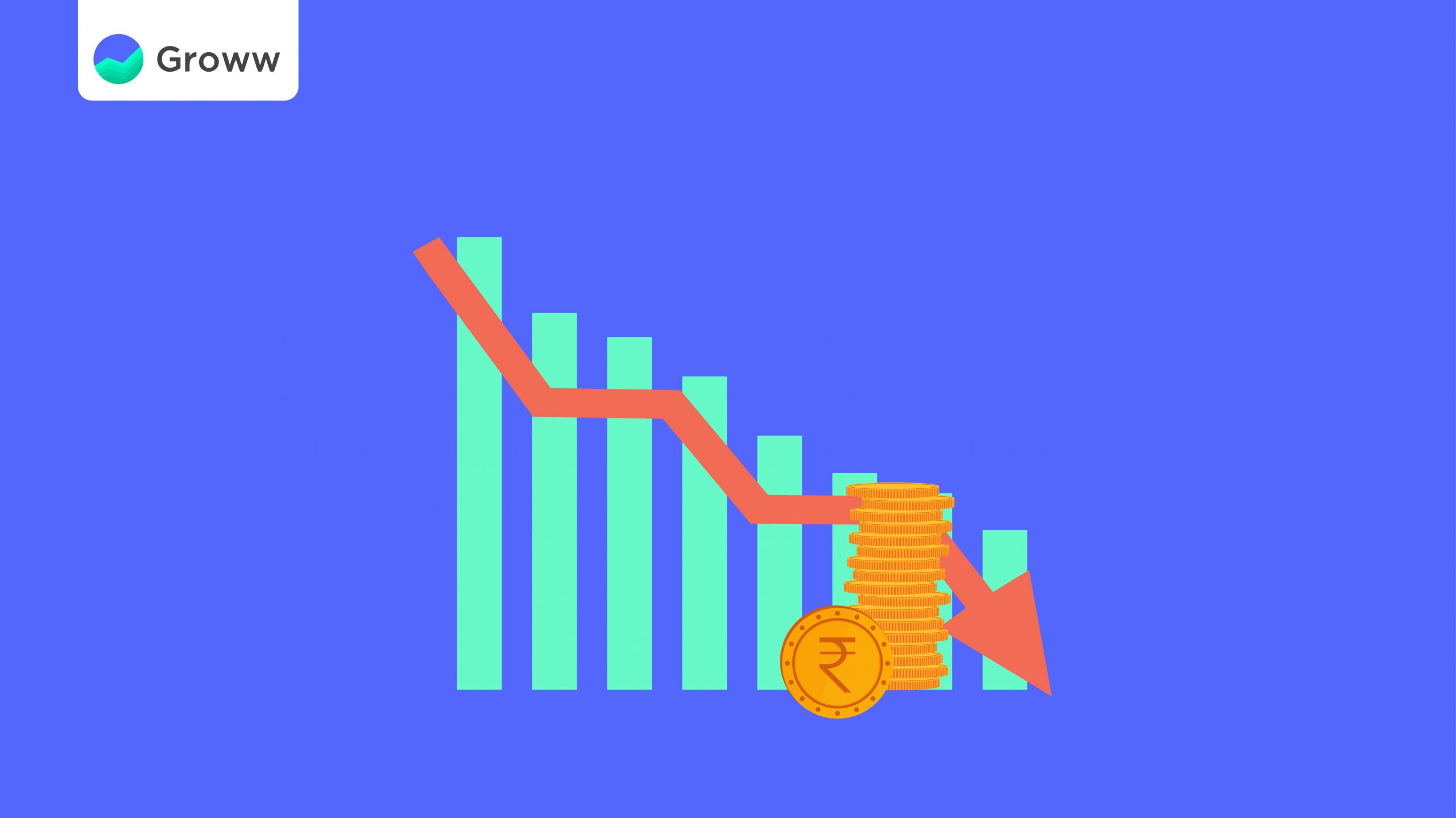All you need to know about ‘Buying the Dip’

One of the great opportunities to enter a fundamentally strong stock or the stock markets is when it experiences a fall and there is a chance for it to rise again; leading to significant gains for the investor. This explains ‘Buy the Dip’. It is constantly used by market experts around the globe which implies a basic principle of investing.
The Indian markets have been experiencing a fall for the past couple of weeks due to the ongoing Russia-Ukraine war.
Ever since Russia made the first move against Ukraine and rolled out its tanks, the Indian markets have been reacting severely. The Sensex has so far tumbled by 5,000 points from 57,000 points to a little over 52,000 points since February 23. Nifty has lost around 3,000 points during the same time frame.
This shows the fall of Nifty in the past 1 month,
| Performance of sectoral indices since February 23 | |
| Bank | -11.32% |
| Auto | -15.54% |
| Financial Services | -10.9% |
| FMCG | -5.36% |
| IT | 2.76% |
| Media | -0.37% |
| Metal | 7.78% |
| Pharma | -1.01% |
| PSU Bank | -9% |
| Pvt Bank | -11.24% |
| Realty | -8.36% |
Combined with other aspects like skyrocketing crude oil prices, foreign portfolio investors pulling money out of the Indian market due to the uncertainty, and the rupee weakening to an all-time low, the Indian bourses are feeling the same heat as the global markets.
What is ‘Buy the Dip’?
While this may come across as nerve-wracking for the average investor, the wiser counterparts know about how this time presents as an opportunity. A seasoned investor knows that the markets taking a dip and the prices of stocks coming down is a possibly momentary movement in the bigger scheme of things, and it need not necessarily spell gloom and doom- this is the time to “buy the dip.”
Why is “buying the dip” beneficial for investors?
The global markets are going through a momentary decline due to an unsteady geopolitical scenario. “Buying the dip” gives investors a significant advantage. Some of these are:
- Rupee cost averaging
You can very easily engage in rupee cost averaging on the downside when buying the dip. For example, if you have bought a stock at Rs 7,000 per share, during a market correction, if the stock you have invested comes below Rs 7,000 per share, you could buy it. That is if it comes down to Rs 6,950, or Rs 6,900, or Rs 6,850 or any price below Rs 7,000, you can average out the price of the stock.
One may simply think about it as a kind of market correction that allows you to add a few units of a stock you hold to average its cost in your portfolio.
- Access to fundamentally stocks at a cheap price
When the prices of fundamentally strong stocks come down, it gives investors a great opportunity to enter those stocks which might be too expensive during the normal, bullish trend of the market. This might be the perfect time for investors to buy too expensive shares, but have now come within reach.
- Market’s upward trend
The market’s trend on an average has only been upwards. For instance, Sensex has touched the highs of 62,000+ points. While it may be at 52,000-something points right now, it has the potential to beat its own highs and get higher returns to the investors.
Things to keep in mind when buying the dip
The idea of buying low and selling high may sound very lucrative but following the herd is also not the right thing to do. Picking the right investments that suit your risk profile, objectives and are fundamentally strong for the long term can help you take the right advantage of such situations. This involves doing some research on the companies, industry, markets and all related entities to make an informed decision.
Taking lessons from history
Let’s take the example of the COVID-19-led market dip in 2020. The Sensex dropped from the highs of 42,000 points in January 2020 to nearly 26,000 points in March 2020 while the Nifty dropped from 12,000 points to 7,000 points in the same period.
The COVID-19-led dip in the market was the time when investors took “buy the dip” advice quite seriously and invested heavily in a bullish market.
The result? The Sensex crossed 62,000 points while the Nifty gained new highs of 18,500 points in October 2021. Within 1.5 years from falling to landmark lows, the market recovered drastically.
A similar trend was seen during the 2007-08 market crash where the Sensex dropped from 13,000 points in April 2007 to 8,700 points but recovered sharply.
The takeaway
While the market may be going through a lull, for the time being, it has the potential to get back to its previous glory, and even beat its own benchmark. While this might not be the best time to sell stocks with most stocks trading at lows, it might be the best time to pick up a stake in a few fundamentally strong stocks.
